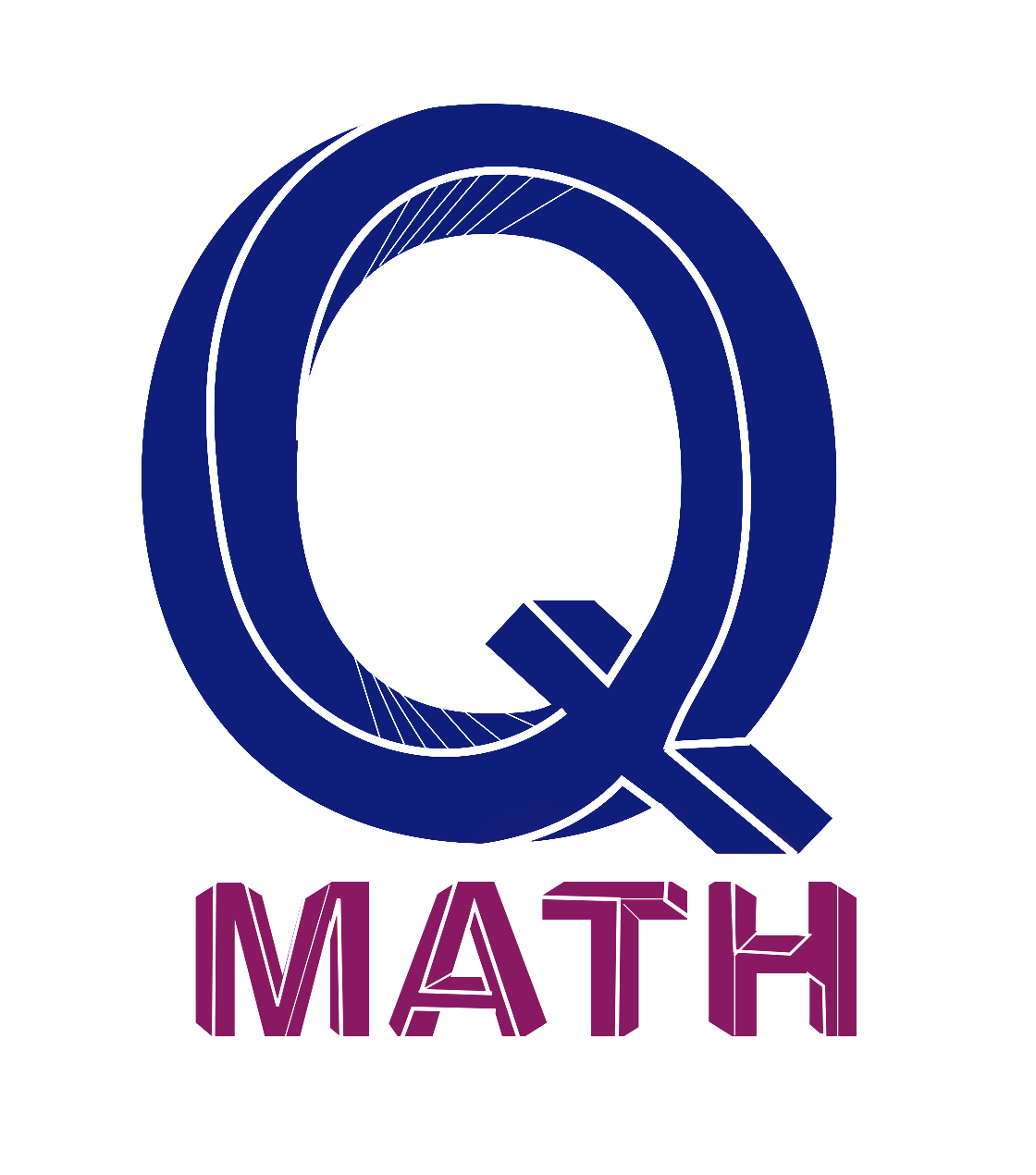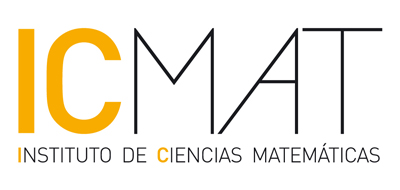Q-Math Seminar

Nicky Li (Universität Innsbruck)
General Squashing Model for Quantum Key Distribution
Thursday the 7th of July, 2022, 12:00, Room 2.2.D08
We study a mathematical problem that is important in proving security of many quantum key distribution (QKD) protocols. The aim is to construct a completely positive and unital map that is not entanglement breaking and maps a finite set of finite-dimensional positive operators, $\{F_k\}_k$ to a finite set of infinite-dimensional positive operators, $\{G_k\}_k$, which satisfy $\sum_k F_k = \mathbb{I}$ and $\sum_k G_k = \mathbb{I}_\infty$. A few successful examples with special restrictions on the set $\{F_k\}_k$ will be presented.Link for online session: https://eu.bbcollab.com/guest/3a570a18659d41b39ba77f99a52e8dcdImportant Notice: The online session will be active only on demand. Please contact the organisers if you want to attend online.
Daniel Peralta (ICMAT)
Universal computation and hydrodynamics
Tuesday the 31st of May, 2022, 13:00, Room 2.2.D08
Is hydrodynamics capable of performing computations? or in other words, does there exist a fluid flow that can simulate any computer algorithm? This intriguing question was first formulated by C. Moore in 1991, and has been open for decades. In this talk I will show how to construct stationary and time-dependent solutions of the Euler equations that are Turing complete, i.e., they can simulate any Turing machine. A striking consequence of this is the existence of undecidable fluid particle paths, in the sense that there is no general algorithm to decide whether the trajectories of the flow starting at certain points will reach a certain open set. This is a manifestation of complexity in hydrodynamics very different from the theory of chaos. This is based on joint works with R. Cardona, E. Miranda and F. Presas.Link for online session: https://eu.bbcollab.com/guest/3a570a18659d41b39ba77f99a52e8dcdImportant Notice: The online session will be active only on demand. Please contact the organisers if you want to attend online.
Antonio García (UC3M)
The POCS method: a brief overview
Tuesday the 17th of May, 2022, 13:00, Room 2.2.D08
In this talk we present the fundamentals on the POCS (projections onto convex sets) method. This presentation includes the involved mathematics assuring the convergence of this iterative algorithm as well as the most important features about its implementation. Finally, we end by showing some applications concerning this useful problem-solving technique.Link for online session: https://eu.bbcollab.com/guest/3a570a18659d41b39ba77f99a52e8dcdImportant Notice: The online session will be active only on demand. Please contact the organisers if you want to attend online.
Salvador Robles (UC3M)
The space of the spaces (or how to talk about the multiverse in a seminar of mathematics)
Tuesday the 26th of April, 2022, 13:00, Room 2.2.D08
The evolution of the universe can be seen as the time evolution of the spatial sections of the spacetime, geometrically represented by a 3-dimensional metric with 6 independent components. From that point of view, the evolution is represented by a trajectory in a 6-dimensional space that turns out to be locally isometric to a 5+1 dimensional Robertson-Walker space (spatially homogeneous and isotropic). It allows us to draw a formal analogy between quantum cosmology and the quantum field theories developed in the spacetime. One of the most interesting consequences could be the creation of the universes in universe-antiuniverse pairs that might hopefully explain the matter-antimatter asymmetry observed in our universe. However, this analogy also presents difficulties that are currently under an active investigation. In this talk, I shall present the basics of the formalism and some of the main problems.Link for online session: https://eu.bbcollab.com/guest/3a570a18659d41b39ba77f99a52e8dcdImportant Notice: The online session will be active only on demand. Please contact the organisers if you want to attend online.
Fernando Lledó (UC3M)
Commutation relations and finite dimensional approximations
Tuesday the 22nd of March, 2022, 13:00, Room 2.2.D08
One of the most fundamental relations in quantum mechanics is the commutation relation between position and momentum, which, when written in the most simple case, is $QP − PQ = i1$. Heisenberg attributed this "ingenious" relation to Born in a famous letter to Pauli in 1925. It soon became clear that neither matrices nor bounded operators on a Hilbert space can represent the relation. In this talk we will show that a recent $C^*$-algebra introduced by Buchholz and Grundling which encodes the commutation relations in terms of resolvents does allow an approximation in terms of matrices and where the commutation relations appear only asymptotically. Reference: F. Lledó and D. Martínez, A note on commutation relations and finite dimensional approximations, preprint 2021, arXiv: math.OA:2111.15221
Luca Schiavone (UC3M & Università di Napoli Federico II)
Poisson brackets and symmetries on the space of solutions via coisotropic embeddings: Electrodynamics
Tuesday the 25th of January, 2022, 13:00, Room 2.3.B03
The search for a solid classical analogue of the unequal time commutation relations of Quantum Field Theory has been a task that repeatedly received attention within theoretical and mathematical physical community in the last decades starting from the seminal paper of R. E. Peierls of 1952.From the mathematical point of view, following the ideas of Souriau, the problem can be formulated as the search for a Poisson structure on the space of solutions of a classical field theory. That the space of solutions of some non-singular first order field theories can be equipped with a symplectic (and, thus, a Poisson) structure is well known. On the other hand, it happens that within gauge theories such a structure turns out to be only pre-symplectic, in the sense that it presents a non-trivial kernel. In this talk we show how to induce, in some circumstances, a Poisson bracket on the space of solutions even in this pre-symplectic case, i.e, we show how to construct a Poisson bracket on the space of solutions of a class of gauge theories, by using a construction related with the so called coisotropic embedding theorem. Within this approach, we also construct a consistent theory of symmetries that deals with 1st and 2nd Noether’s theorem on an equal footing. Free Classical Electrodynamics will be our guiding example throughout all our constructions.
Julio de Vicente (UC3M)
Asymptotic survival of genuine multipartite entanglement in noisy quantum networks
Tuesday the 14th of December, 2021, 13:00, Room 2.3.B03
The study of entanglement in multipartite quantum states plays a major role in quantum information theory and genuine multipartite entanglement (GME) signals one of its strongest forms for applications. However, its experimental preparation faces the formidable challenge of controlling quantum states with many constituents. In this talk we introduce a subclass of multipartite states, which we term pair-entangled network (PEN) states, as those that can be created by distributing exclusively bipartite entanglement in a connected network, and we study how their entanglement properties are affected by noise and the geometry of the graph that provides the connection pattern. We show that genuine multipartite entanglement in a PEN state depends both on the level of noise and the network topology and, in sharp contrast to the case of pure states, it is not guaranteed by the mere distribution of mixed bipartite entangled states. Our main result, however, is a much more drastic feature of this phenomenon. Instead of asking for which value of the noise parameter a given network is GME, we consider a more realistic approach in which the noise parameter is fixed and we ask which networks display GME under this constraint when the number of parties goes to infinity. It turns out that while for highly connected graphs GME asymptotically survives, for less connected graphs it does not (i.e. GME is completely washed out under the slightest form of noise for a sufficiently large number of parties). This latter case implies fundamental limitations for the application of certain networks in realistic scenarios, where the presence of some form of noise is unavoidable.
Aitor Balmaseda (UC3M)
[Pre-Defense] Quantum Control at the Boundary
Tuesday the 2nd of November, 2021, 13:00, Room 2.3.B03
The development of Quantum Information Theory and the aim for building quantum computers has increased the relevance of controlling quantum systems. The main goal of this talk is to present a non-standard method for controlling the state of a quantum system by modifying its boundary conditions instead of relying on the action of external fields to drive the state of the system.In order to show the viability of this control scheme, we focus on what we call Quantum Circuits (a generalisation of Quantum Graphs), on which we define a concrete family of boundary control systems basing on the self-adjoint extensions of the Laplace-Beltrami operator.We will review the problem of existence of solutions for the Schrödinger equation with time-dependent boundary conditions basing on the approaches by J. Kisynski and B. Simon, providing a new stability result for Hamiltonians with constant form domain. This stability result has far reaching consequences for Quantum Control Theory as it allows to obtain a priori estimates on the error committed when driving the state of the system.Finally, basing on the stability result and a controllability result by T. Chambrion et al. (2009) on the controllability for a class of bilinear quantum control systems, we are able to show the approximate controllability for our family of boundary control systems.
Antonio García (UC3M)
Sampling (reconstructing) Hilbert-Schmidt operators: Why and how to do it?
Tuesday the 26th of October, 2021, 13:00, Room 2.2.D08
The concept of translation of an operator allows to consider the analogue of shift-invariant subspaces in the class of Hilbert-Schmidt operators. Thus, we extend the concept of average sampling to this new setting, and we obtain the analogous sampling formulas. The key point here is the use of the Weyl transform (or the Kohn-Nirenberg transform), a unitary mapping between the space of square integrable functions in the phase space $\mathbb{R}^d\times \widehat{\mathbb{R}}^d$ and the Hilbert space of Hilbert-Schmidt operators on $L^2(\mathbb{R}^d)$, which permits to take advantage of some well established sampling results. A practical motivation for this sampling problem is given by the channel estimation problem in wireless communications.

